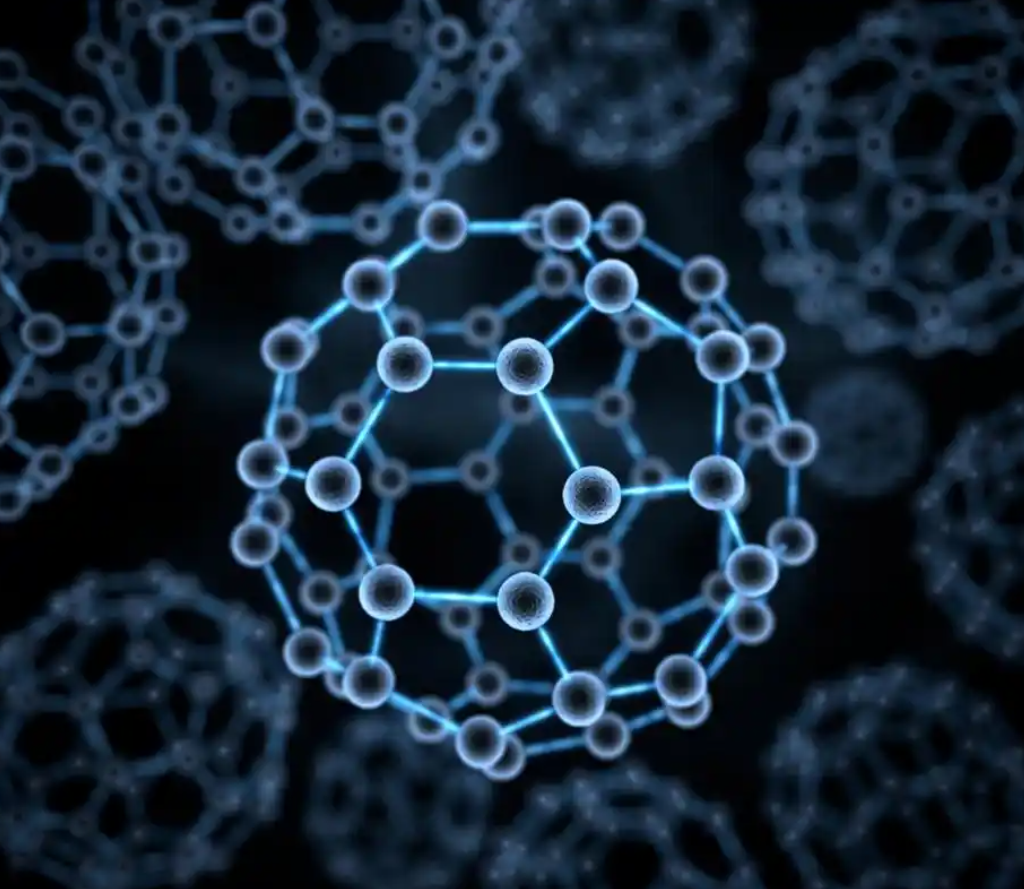Graphene for Supercapacitors: High-Efficiency Energy Storage Technology
In a world increasingly driven by electric vehicles, renewable energy, smart devices, and real-time data, the demand for efficient, reliable, and high-speed energy storage systems is skyrocketing. While traditional batteries have dominated this space for decades, a new class of devices—supercapacitors—is gaining attention for their exceptional charge-discharge speed, longevity, and power delivery. At the heart of this revolution lies graphene, a nanomaterial with the potential to redefine the limits of supercapacitor performance.

In this article, we explore the role of graphene in supercapacitor technology, why it’s considered a game-changer, and what it means for the future of energy storage.
What Are Supercapacitors?
Supercapacitors, also known as ultracapacitors or electrochemical capacitors, are energy storage devices that bridge the gap between conventional capacitors and rechargeable batteries. Unlike batteries, which rely on slow chemical reactions, supercapacitors store energy electrostatically, allowing for rapid charge and discharge cycles.
Key Features of Supercapacitors:
-
High power density (thousands of watts per kilogram)
-
Fast charge/discharge times (seconds to minutes)
-
Long cycle life (up to millions of cycles)
-
Wide temperature operating range
However, traditional supercapacitors often have lower energy density compared to batteries, limiting their usage in energy-intensive applications. This is where graphene comes into play.
Why Graphene for Supercapacitors?
Graphene is a single layer of carbon atoms arranged in a hexagonal lattice. Since its discovery, it has been hailed as a “wonder material” due to its:
-
High electrical conductivity
-
Large specific surface area (theoretically up to 2630 m²/g)
-
Excellent mechanical strength
-
Lightweight and flexible properties
These characteristics make graphene an ideal electrode material for supercapacitors.
How Graphene Improves Supercapacitor Performance
1. Increased Surface Area = Higher Capacitance
The energy storage capacity of a supercapacitor depends heavily on the surface area of its electrodes. Graphene’s enormous surface area allows for a larger number of charge carriers to accumulate, thus increasing the overall capacitance.
2. Superior Electrical Conductivity
Graphene’s ability to conduct electricity better than copper ensures faster charge and discharge processes. This results in instant power delivery, which is especially useful in devices that require quick bursts of energy.
3. Mechanical Flexibility and Strength
Graphene’s flexibility allows it to be incorporated into flexible or wearable energy storage devices, while its strength enhances the durability and structural integrity of electrodes, even under repetitive cycling.
4. Lightweight and Thin-Film Compatibility
Being ultra-thin and light, graphene-based electrodes enable the development of miniaturized or portable supercapacitors that can be used in compact electronics and emerging technologies like smart textiles and biomedical sensors.
Types of Graphene-Based Supercapacitors
1. Electrical Double-Layer Capacitors (EDLCs)
These capacitors store energy through electrostatic charge separation at the interface of the electrode and electrolyte. Graphene, with its vast surface area and high conductivity, is an ideal material for EDLC electrodes.
2. Pseudocapacitors
These involve faradaic (redox) reactions in addition to electrostatic charge storage. Graphene can be functionalized or combined with metal oxides or conducting polymers to support redox reactions, significantly increasing energy density.
3. Hybrid Supercapacitors
These devices combine features of EDLCs and batteries. Graphene is often used as a conductive matrix or coating to enhance the electrochemical performance of other active materials such as lithium titanate or silicon.
Real-World Applications of Graphene Supercapacitors
1. Electric Vehicles (EVs)
Graphene supercapacitors can be used for regenerative braking, delivering power in quick bursts and reducing strain on batteries. They also help extend battery life and improve cold-weather performance.
2. Renewable Energy Integration
In solar or wind power systems, energy output fluctuates. Graphene supercapacitors can smooth out these fluctuations, providing backup energy and enhancing grid stability.
3. Consumer Electronics
Imagine charging your phone or laptop in under a minute. Graphene supercapacitors offer ultra-fast charging and high reliability, ideal for next-gen electronics.
4. Industrial Machinery
High-power tools, robotics, and autonomous systems can benefit from the instant power delivery and long operational life of graphene-enhanced supercapacitors.
5. Aerospace and Defense
Lightweight and rugged, graphene supercapacitors are suitable for satellites, drones, and military systems where performance, weight, and endurance are critical.
Commercial Development and Research Trends
While lab prototypes of graphene-based supercapacitors have shown impressive results, large-scale commercial adoption still faces some hurdles:
Challenges:
-
Cost of high-quality graphene
-
Scalability of electrode manufacturing
-
Standardization of graphene types and purity
-
Electrolyte compatibility and packaging stability
However, several companies and research institutions are making progress:
-
Skeleton Technologies is developing graphene-based ultracapacitors for heavy-duty transportation and grid storage.
-
Chinese startups are exploring low-cost graphene oxide supercapacitors for commercial electronics.
-
Research teams worldwide are working on 3D graphene structures and printable energy storage devices.
Graphene Supercapacitors vs Lithium-Ion Batteries
| Feature | Graphene Supercapacitor | Lithium-Ion Battery |
|---|---|---|
| Charge Time | Seconds to minutes | 30 mins to hours |
| Cycle Life | 100,000+ cycles | 1,000–3,000 cycles |
| Power Density | Very high | Moderate |
| Energy Density | Moderate (100–200 Wh/kg) | High (150–300 Wh/kg) |
| Weight | Lightweight | Heavier |
| Operating Temp | Wide range (-40°C to 85°C) | Sensitive to temperature |
While batteries offer higher energy storage, graphene supercapacitors excel in applications needing rapid charge-discharge, long life, and high power bursts.
Future Outlook
As production costs decline and material science evolves, graphene supercapacitors are expected to play a vital role in:
-
5G and IoT ecosystems
-
Green energy transition
-
Smart infrastructure
-
Next-gen electric mobility
Hybrid systems combining graphene supercapacitors and batteries are also being explored for optimal energy storage solutions—offering both energy capacity and instant power delivery.
Conclusion
Graphene is transforming supercapacitor technology from a niche solution to a viable mainstream energy storage option. By significantly enhancing capacitance, conductivity, flexibility, and mechanical strength, graphene enables the development of compact, fast-charging, long-lasting energy systems suited for today’s and tomorrow’s digital age.
Whether you’re designing the next electric vehicle, wearable health monitor, or grid energy buffer, graphene-powered supercapacitors could be the key to unlocking a faster, cleaner, and more efficient energy future.

